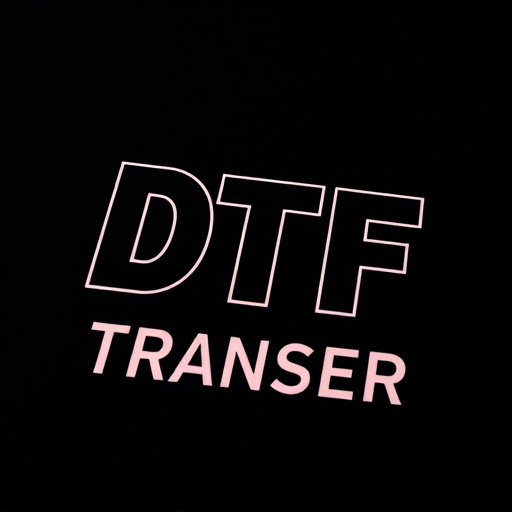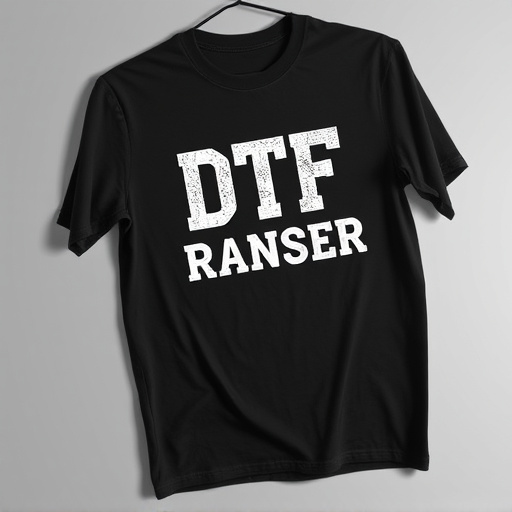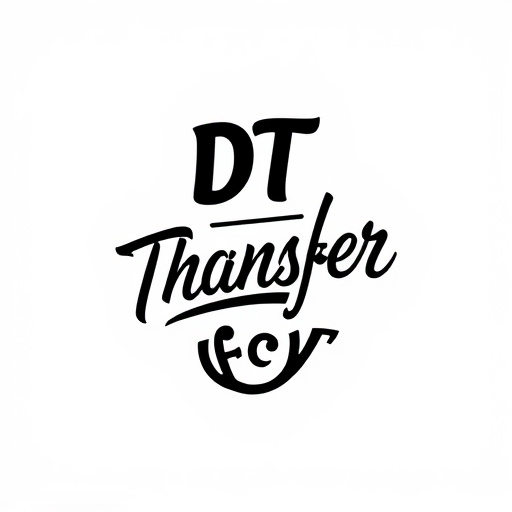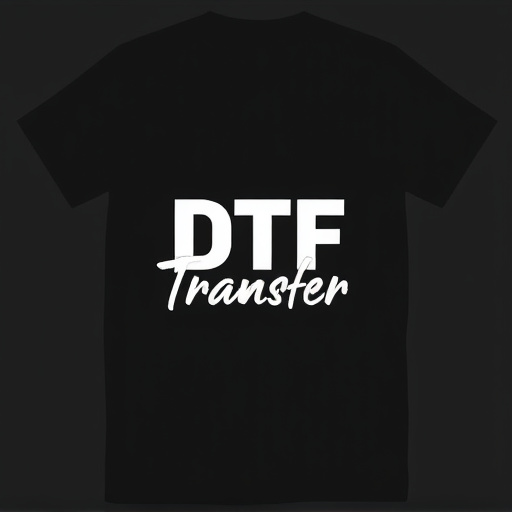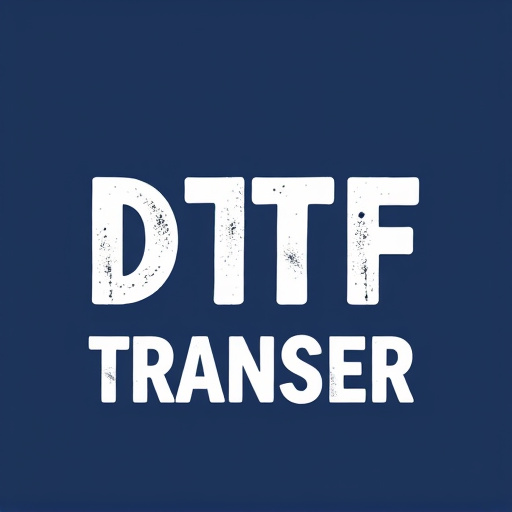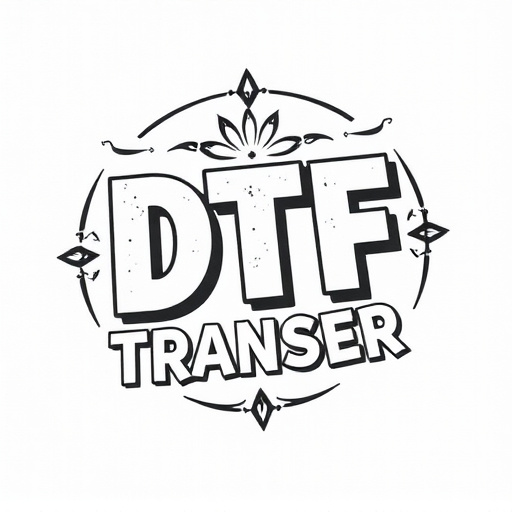Direct to Fabric (DTF) transfer printing is a cutting-edge technology revolutionizing stretchy fabric printing. This method directly applies ink to fabrics like spandex and lycra, producing vibrant, durable prints that move freely. Ideal for athletic wear, dance costumes, and special effects garments, DTF ensures longevity through multiple washes without fading. Advanced materials and AI integration are enhancing DTF's capabilities, promising fashion designers greater creative freedom and customization in the future.
“Discover the future of printing on flexible fabrics with DTF (Direct-to-Film) transfer technology. This revolutionary process allows for seamless integration of vibrant, durable prints onto stretchy materials, unlocking a world of design possibilities. In this comprehensive guide, we explore DTF’s advantages, from enhanced garment mobility to its diverse applications in activewear and custom tees. Learn about the latest trends and materials, ensuring optimal DTF prints. Get ready to revolutionize your fabric printing journey.”
- Understanding DTF Transfer Technology: A Revolutionary Print Process
- The Advantages of Using Flexible Film Transfers on Stretchy Fabrics
- How DTF Printing Enhances the Durability and Mobility of Garments
- Applications: From Activewear to Custom T-shirts
- Choosing the Right Materials for Optimal DTF Prints
- Future Trends: Expanding Possibilities in DTF Transfer Printing
Understanding DTF Transfer Technology: A Revolutionary Print Process

The DTF (Direct to Fabric) transfer process is a groundbreaking advancement in printing technology designed specifically for stretchy fabrics. Unlike traditional printing methods that can struggle with flexibility, DTF offers a revolutionary approach by enabling high-quality prints on materials like spandex, lycra, and other elastane fabrics. This innovative technique directly applies ink to the fabric’s surface, allowing the design to move and stretch freely without compromising quality or durability.
DTF transfer technology involves specialized printers that precisely deposit inks onto the fabric, creating vibrant and detailed DTF prints. The process ensures that the printed image becomes an integral part of the fabric, making it both durable and flexible. This makes DTF an ideal solution for various applications, from athletic wear and activewear to dance costumes and special effects garments, where comfort, movement, and style are paramount.
The Advantages of Using Flexible Film Transfers on Stretchy Fabrics

Flexible film transfers, such as Digital Thermal Transfer (DTF) printing, offer a myriad of advantages when applied to stretchy fabrics. One of the key benefits is the ability to produce high-quality, durable prints on materials that are inherently elastic. DTF transfers excel in replicating intricate designs and vibrant colours, ensuring that the final product maintains its visual appeal even during frequent stretching and movement.
Moreover, this technology allows for a seamless integration of design and fabric, making it ideal for activewear, sports equipment, and other items that demand both aesthetic appeal and functional flexibility. DTF prints can withstand washing and wear without losing their crispness or fading, providing longevity to the garments and accessories they adorn. This durability, combined with the ability to print on a variety of stretchy fabrics, makes DTF transfers a game-changer in the textile industry.
How DTF Printing Enhances the Durability and Mobility of Garments
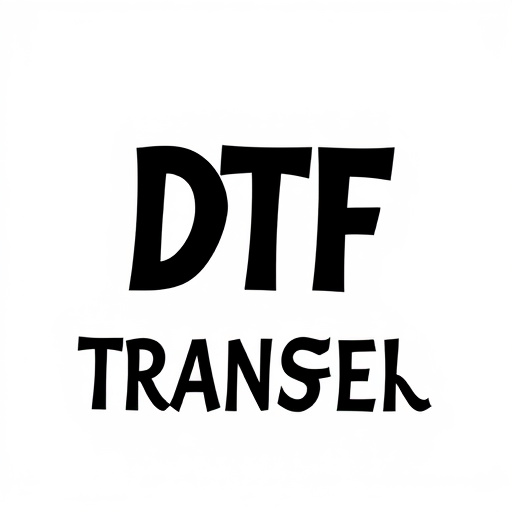
DTF (Direct to Fabric) printing has revolutionized the way we enhance garments with graphics and designs. This innovative technique directly applies prints onto stretchy fabrics, ensuring a permanent and durable finish. Unlike traditional methods that might limit the fabric’s flexibility, DTF transfers move with the fabric, making them ideal for activewear, sports equipment, and other dynamic products.
The durability of DTF prints is impressive, as the printing ink is bonded directly to the fabric fibers, preventing peeling or fading over time. This enhanced durability ensures that the garments maintain their appearance and quality even under intense use. Whether it’s a workout outfit or a performance-oriented accessory, DTF Printing offers a long-lasting solution that moves with the wearer, providing both comfort and style.
Applications: From Activewear to Custom T-shirts
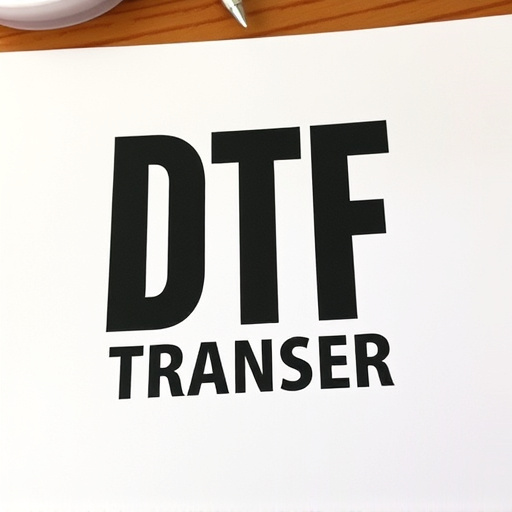
Flexible film transfers, such as Digital Thermal Transfer (DTF), have found their way into a diverse range of applications, revolutionizing everything from activewear to custom T-shirts. DTF Printing offers a unique advantage over traditional printing methods by enabling designers and manufacturers to produce vibrant, stretchable prints on various fabrics without compromising quality or durability. This technology is particularly valuable in the activewear industry, where garments need to withstand intense movement and maintain their aesthetic appeal.
With DTF Transfer, creating custom T-shirts becomes an art form. The ability to print directly onto stretchy materials allows for intricate designs and personalized styles. From athletic wear to fashion-forward statement pieces, DTF prints add a layer of versatility and uniqueness. This method ensures that fabrics can retain their elasticity, providing comfort and freedom of movement for the wearer while showcasing visually stunning results.
Choosing the Right Materials for Optimal DTF Prints
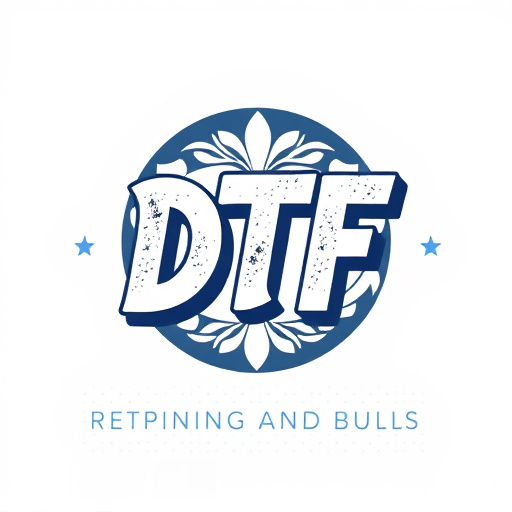
When creating flexible film transfers for stretchy fabrics, selecting the right materials is paramount to achieving optimal DTF prints. The key lies in choosing films and inks compatible with both the fabric’s stretch and breathability. For instance, a polyester-based film often works well due to its inherent flexibility and resistance to stretching, ensuring the design maintains its integrity even when the fabric moves. Additionally, using heat-transfer inks designed for textiles guarantees vibrant colors and durability through repeated movements and washes.
To maximize the potential of DTF printing on stretchy fabrics, consider the fabric’s composition and intended use. For athletic wear or activewear, materials that offer quick-drying properties and stretch resistance are ideal. Conversely, for fashion accessories or garments requiring a softer touch, lighter films and inks can produce finer details and more subtle effects. Ultimately, understanding the interplay between material choices and fabric characteristics is crucial for delivering exceptional DTF prints that move with the fabric.
Future Trends: Expanding Possibilities in DTF Transfer Printing

As technology continues to evolve, the future of DTF (Direct to Film) transfer printing looks promising, with expanding possibilities that will further revolutionize the textile industry. Researchers and developers are exploring innovative ways to enhance the process, making DTF even more versatile and accessible. One trend is the integration of advanced materials, creating stretchable films capable of adhering to complex surfaces without compromising quality. This opens up a world of design potential for fashion designers and manufacturers, enabling them to produce garments with dynamic, movement-responsive patterns.
Additionally, the adoption of digital technologies like AI and machine learning could streamline DTF printing processes. These tools can optimize image resolution, color accuracy, and print speed, resulting in more efficient production runs. The customization aspect is also set to receive a boost, as personalized DTF prints become easier to achieve, catering to individual consumer preferences. This trend suggests a future where DTF transfer printing plays a pivotal role in creating unique, high-quality fabrics with unparalleled design flexibility.






